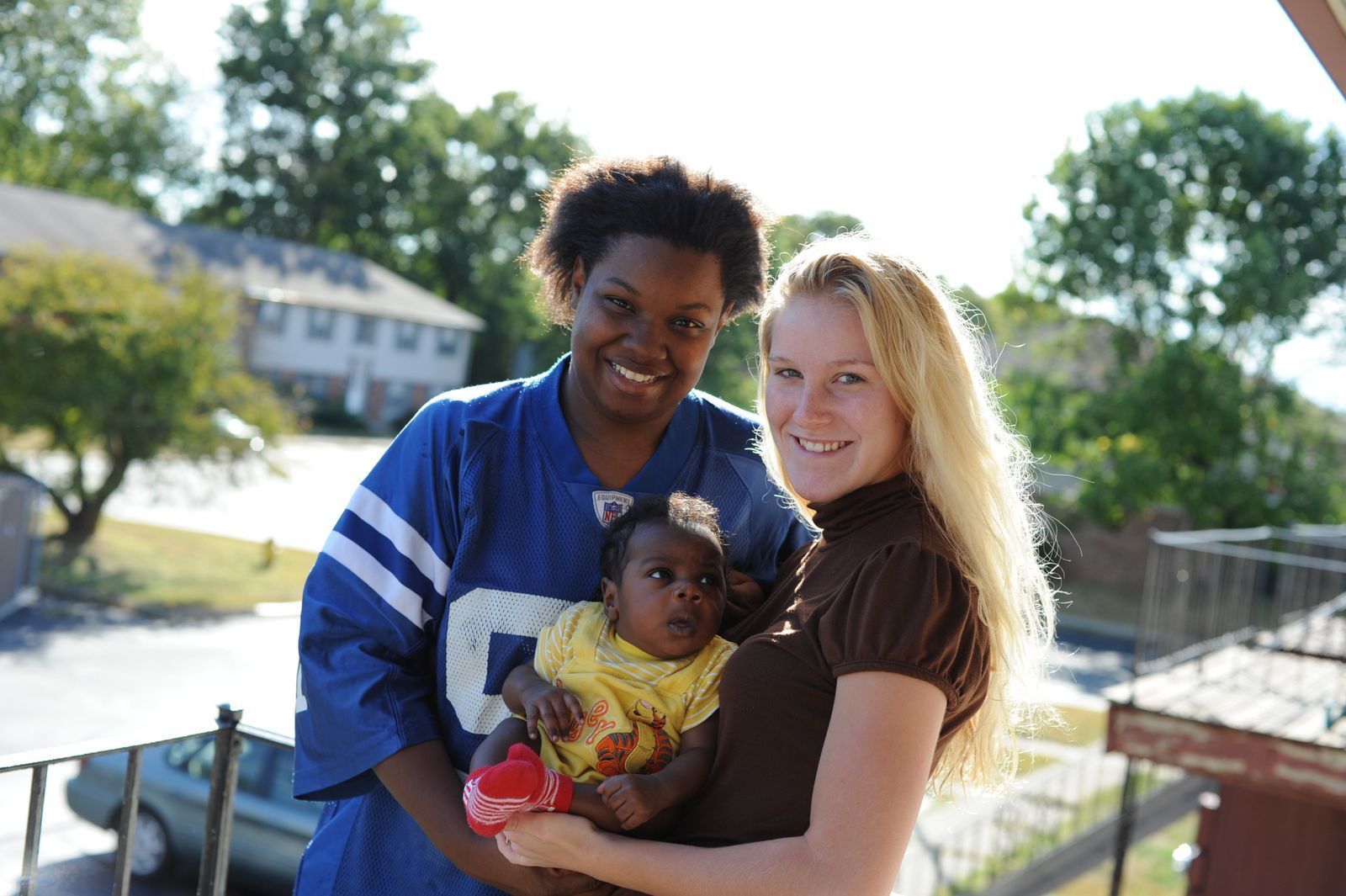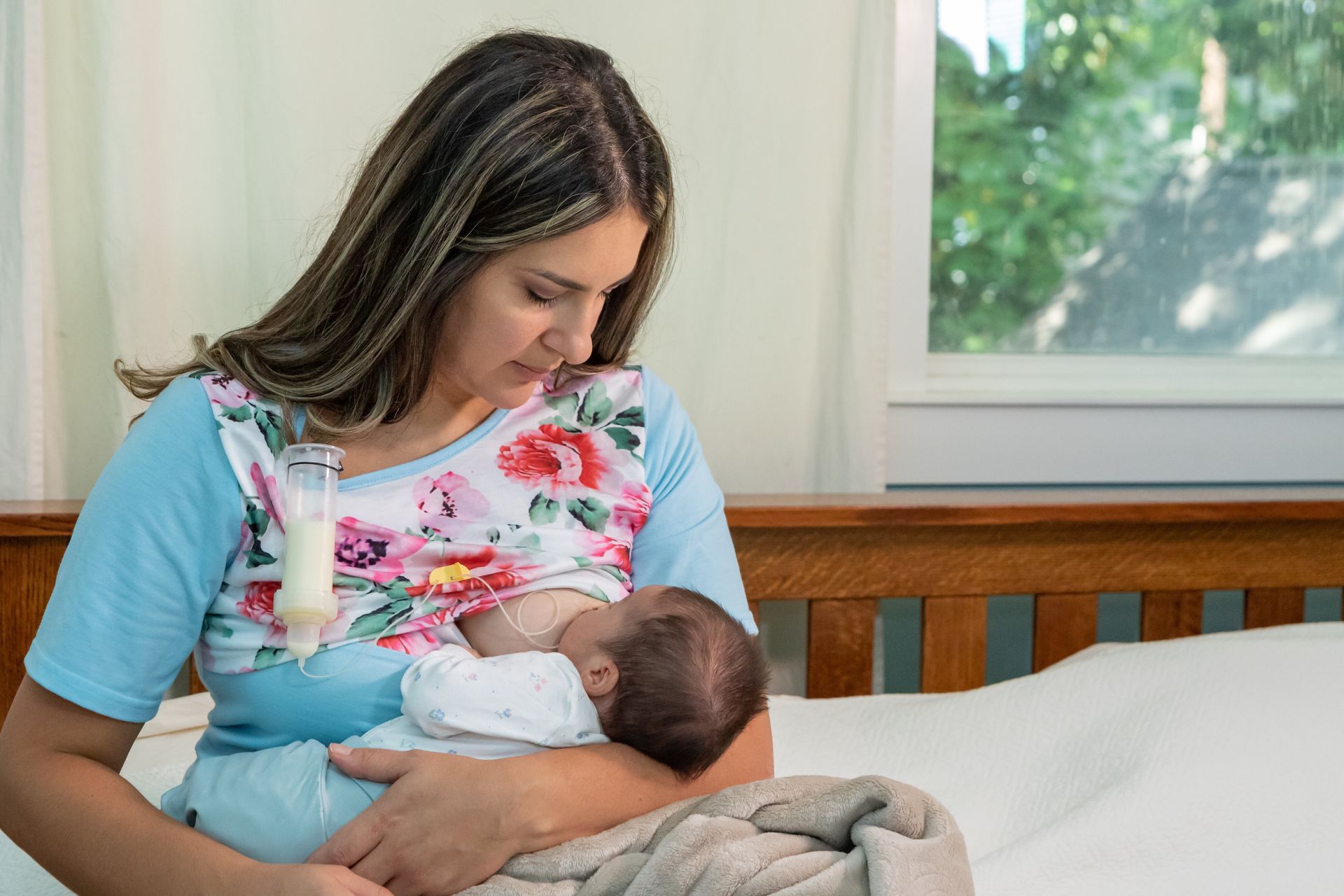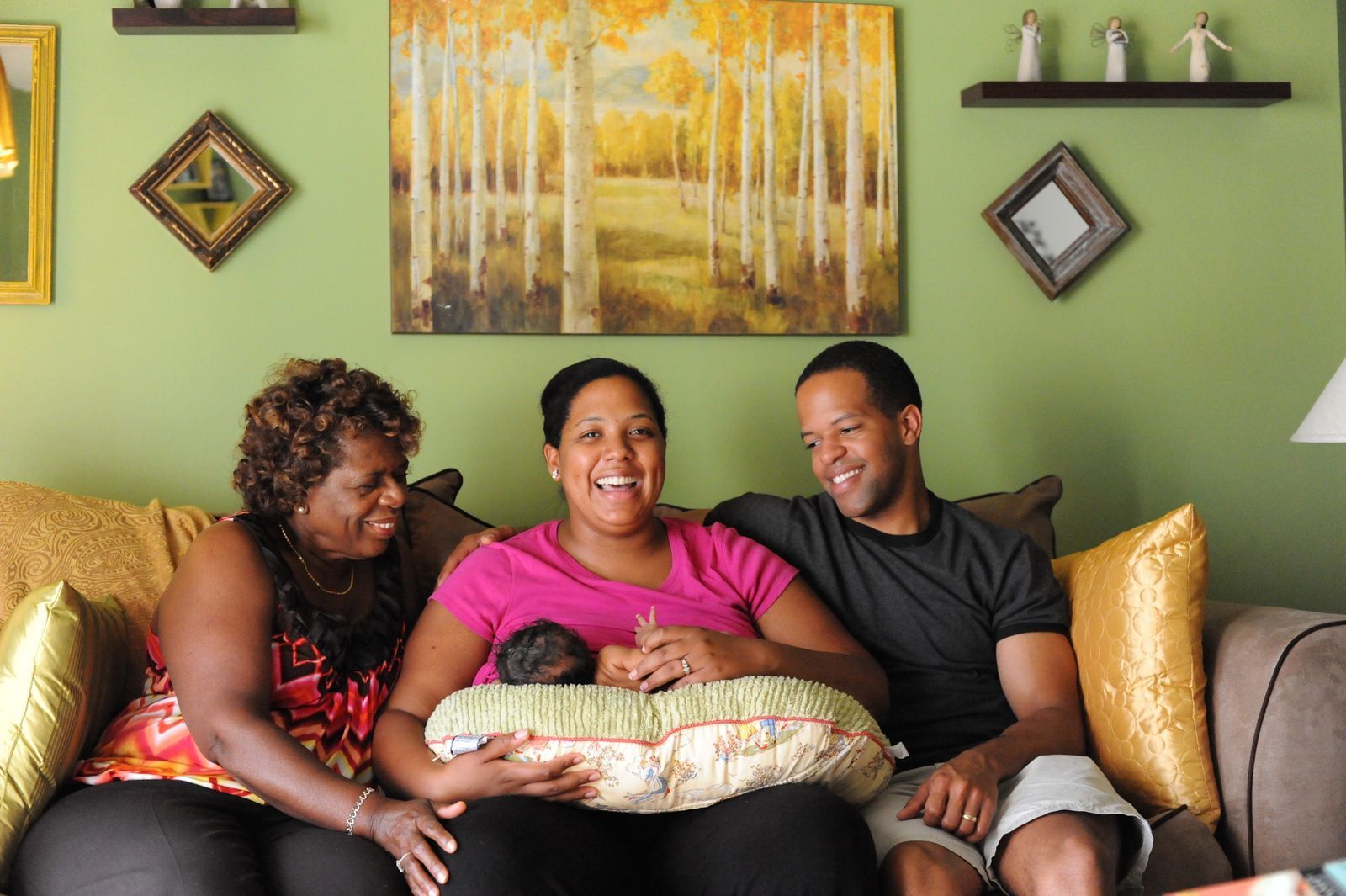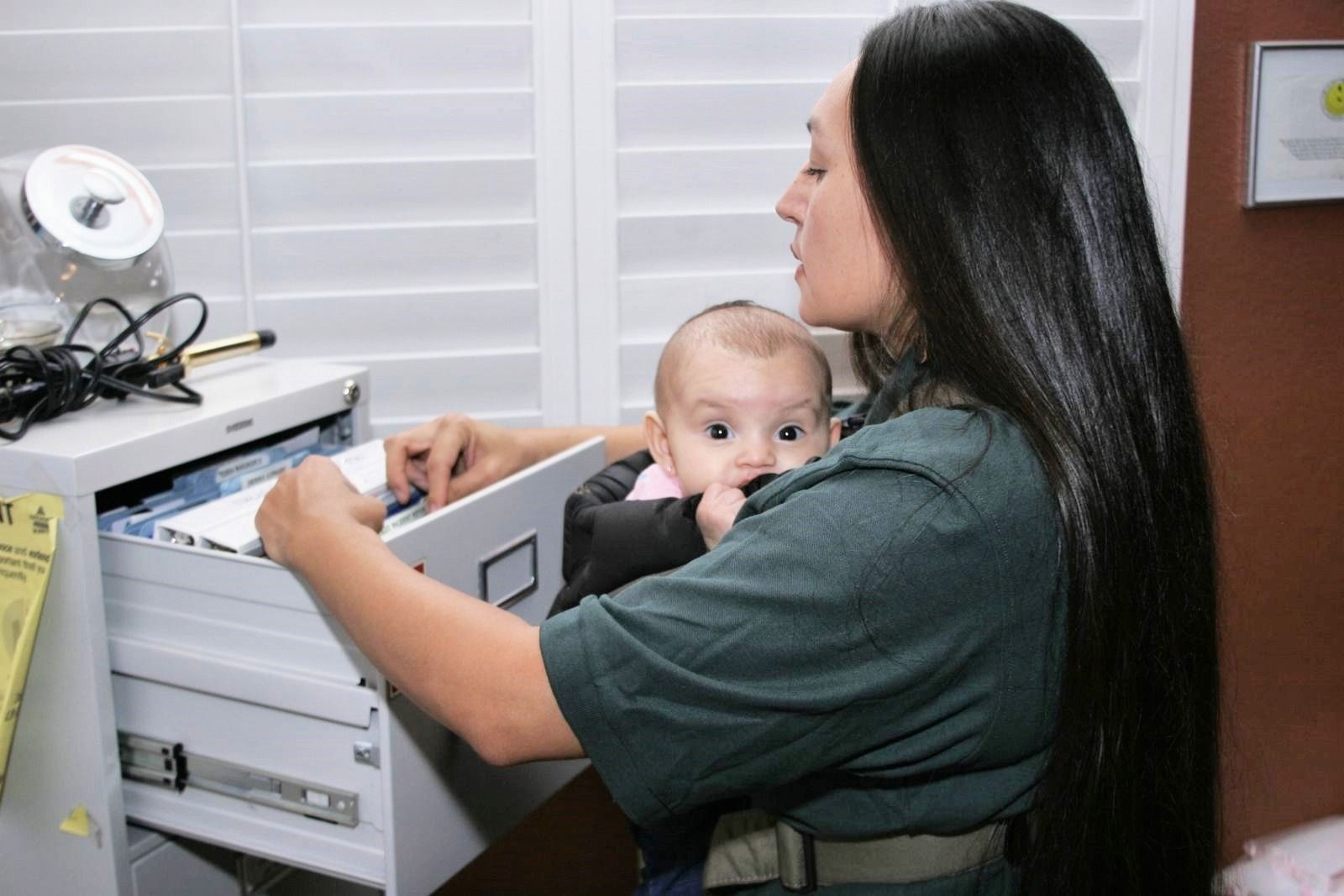Lesbian Parents
Lesbian and bisexual women who get pregnant and give birth can breastfeed or feed expressed milk to their babies. In addition, it is possible for a lesbian partner who did not give birth to breastfeed by inducing lactation.
Inducing lactation is the process of creating a milk supply by a person who has not been recently pregnant. When both parents choose to breastfeed their baby, this is called co-nursing or co-breastfeeding.

Gay Parents
Male couples who choose to have a baby through either adoption or surrogacy can feed their babies human milk in a bottle. There are several ways a gay couple can obtain human milk.
- Surrogate milk—If the baby was born through surrogacy, the surrogate may agree to provide breast milk to the baby as part of an agreement.
- Milk from a Donor Milk Bank—Pasteurized donor human milk may be available through one of the many non-profit human milk banks in the United States. Though this milk is more commonly distributed through hospitals, donor human milk may also available to babies who have certain medical conditions. A list of U.S. donor milk banks may be found at https://www.hmbana.org/
- Informal Milk Sharing—Some parents use human milk that may be available from lactating friends or family members and informal milk sharing networks. Whie the American Academy of Pediatrics does not recommend this practice as there are risks of bacterial or viral contamination and the possibilities of exposure to medications, drugs, or herbs in non-pasteurized human milk, the Academy of Breastfeeding Medicine recommends making an informed decision about the risks and benefits of informal milk sharing. Parents considering informal milk should screen potential donor parents for the following:
- Hepatitis B, HTLV-1, and HIV (undetectable viral load acceptable)
- Medications, and herbs that are compatible with breastfeeding - LactMed and Hale's Medication and Mother's Milk are recommended resources to better understand what is allowed
- Refrain from using anonymous donors
- Drugs/marijuana, tobacco use, and alcohol consumption
Source: Sriraman, N. K., Evans, A. E., Lawrence, R., Noble, L., & Academy of Breastfeeding Medicine’s Board of Directors. (2018). Academy of Breastfeeding Medicine’s 2017 position statement on informal breast milk sharing for the term healthy infant. Breastfeeding Medicine, 13(1), 2–4.
https://doi.org/10.1089/bfm.2017.29064.nks
Transgender & Gender Queer Parents
Transgender and gender queer parents may choose to provide their milk to their infants by direct feeding (breastfeeding, chestfeeding, bodyfeeding) or feeding expressed milk. Each parent’s situation will be unique based on their lactation goals and any gender affirming treatment they have had. It is especially important for transgender parents to find experienced lactation support both early in their pregnancies to help them prepare for infant feeding and after the birth to help with feeding basics including milk supply, positioning and latch if directly feeding, and supplementation as needed.

LGBTQ Resources
Healthy Mom & Baby. Lactation Options & Strategies for LBGTQ Persons.
https://www.health4mom.org/lactation-options-strategies-for-lbgtq-persons/
KellyMom. Transgender Parents and Chest/Breastfeeding.
https://kellymom.com/bf/got-milk/transgender-parents-chestbreastfeeding/
La Leche League International. Support for Transgender and Non-binary Parents.
https://llli.org/breastfeeding-info/transgender-non-binary-parents/
La Leche League USA. Induced Lactation and Re-lactation.
https://lllusa.org/induced-lactation-and-relactation/
La Leche League USA. La Leche League USA Celebrates Pride.
https://lllusa.org/la-leche-league-usa-celebrates-pride/





